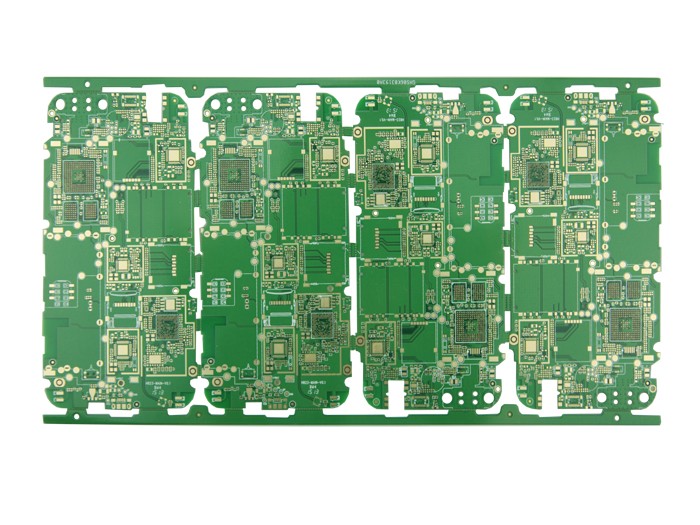Knowledge about impedance matching

Impedance matching is a part of microwave electronics. It is mainly used on transmission lines to achieve the purpose of all high-frequency microwave signals can be transmitted to the load point, and no signal will be reflected back to the source point, thereby improving energy benefit. In general, there are two types of impedance matching. One is to change the impedance (lumped-circuit matching), and the other is to adjust the impedance matching (Impedance matching), which is a part of microwave electronics and is mainly used on transmission lines. To achieve the purpose of all high-frequency microwave signals can be transmitted to the load point, no signal will be reflected back to the source point, thereby improving energy efficiency.
In general, there are two types of impedance matching, one is to change the impedance (lumped-circuit matching), and the other is to adjust the wavelength of the transmission line (transmission line matching).
To match a group of lines, first divide the impedance value of the load point by the characteristic impedance value of the transmission line to normalize, and then plot the value on the Smith chart.
change resistance
Connect a capacitor or an inductance in series with the load to increase or decrease the impedance of the load. The points on the graph will move along the circle representing the real resistance. If the capacitor or inductance is grounded, the point on the graph will first rotate 180 degrees from the center of the graph, then move along the resistance circle, and then rotate 180 degrees along the center. Repeat the above method until the resistance value becomes 1, and then the impedance can be directly changed to zero to complete the matching.
adjust the transmission line
Lengthen the transmission line from the load point to the source point. The dot on the graph will move counterclockwise along the center of the graph until it reaches the circle with a resistance value of 1, and then capacitance or inductance can be added to adjust the impedance to zero. When the impedance matching is completed, the transmission power is large. For a power supply, when its internal resistance is equal to the load, the output power is the largest, and the impedance is matched at this time. The maximum power transmission theorem, if it is high frequency, it is no reflected wave. For ordinary broadband amplifiers, the output impedance is 50Ω, and impedance matching needs to be considered in the power transmission circuit, but if the signal wavelength is much larger than the cable length, that is, the cable length can be ignored, impedance matching is not necessary. Impedance matching means that during energy transmission, the load impedance is required to be equal to the characteristic impedance of the transmission line. At this time, the transmission will not produce reflection, which indicates that all the energy is absorbed by the load. On the contrary, there is energy loss in the transmission. When high-speed PCB wiring, in order to prevent signal reflection, the impedance of the line is required to be 50 ohms. This is an approximate figure. Generally, it is stipulated that the baseband of coaxial cable is 50 ohms, the frequency band is 75 ohms, and the twisted wire is 100 ohms. It is just rounded for the convenience of matching. The impedance is literally different from the resistance, of which there is only One blocking word is the same, but what about the other resisting word? To put it simply, impedance is resistance plus reactance, so it is called impedance; to put it more cyclically, impedance is the sum of resistance, capacitive reactance and inductive reactance in a vector. In the world of direct current, the effect of objects on the resistance of current is called resistance. All substances in the world have resistance, but the difference in resistance value. A substance with low resistance is called a good conductor, and a substance with high resistance is called a non-conductor. The superconductor, which is recently called in the high-tech field, is something with a resistance value close to zero. But in the field of alternating current, in addition to resistance hindering the current, capacitance and inductance also hinder the flow of current. This effect is called reactance, which means the function of resisting current. The reactance of capacitance and inductance are called capacitive reactance and inductive reactance, referred to as capacitive reactance and inductive reactance. Their unit of measurement is the same as resistance, and its value is related to the frequency of alternating current. The higher the frequency, the smaller the capacitive reactance and the greater the inductive reactance. The lower the frequency, the greater the capacitive reactance and the smaller the inductive reactance. . In addition, capacitive reactance and inductive reactance have the problem of phase angle, which has a relational expression on the vector, so it is said that impedance is the sum of resistance and reactance on the vector.
Impedance matching refers to a working state in which the load impedance and the internal impedance of the excitation source are adapted to each other to obtain the maximum power output. For circuits with different characteristics, the matching conditions are different.
In a pure resistance circuit, when the load resistance is equal to the internal resistance of the excitation source, the output power is the maximum. This working state is called matching, otherwise it is called mismatch.
When the internal impedance of the excitation source and the load impedance contain reactance components, in order to obtain the maximum power from the load, the load impedance and the internal resistance must satisfy the conjugate relationship, that is, the resistance components are equal, and the reactance components are only equal in value and opposite in sign. This matching condition is called conjugate matching.
The above is an introduction to the knowledge of impedance matching. Ipcb is also provided to PCB manufacturers and PCB manufacturing technology